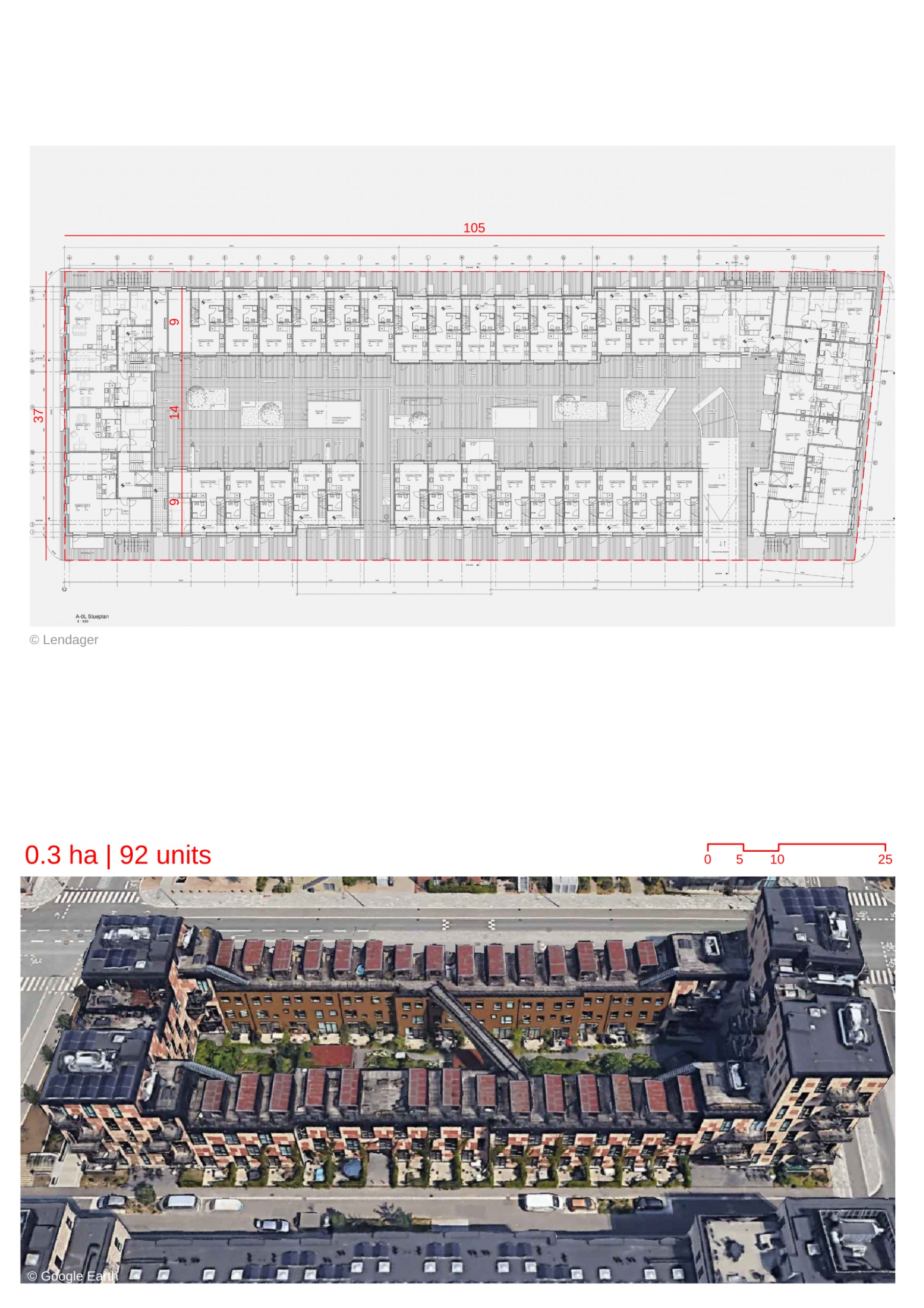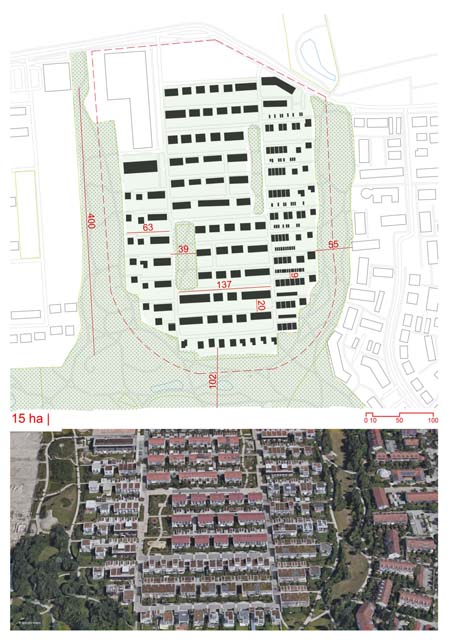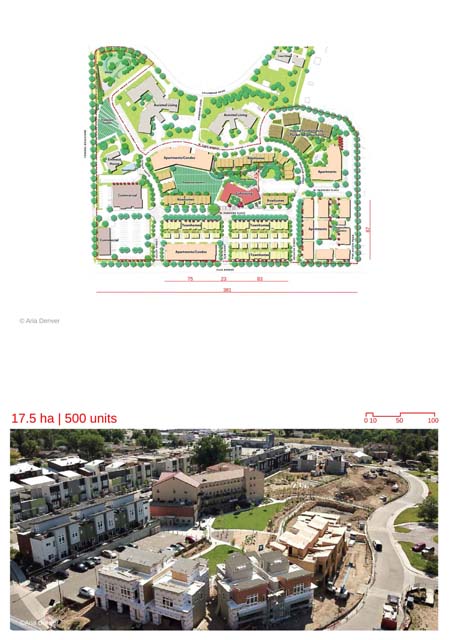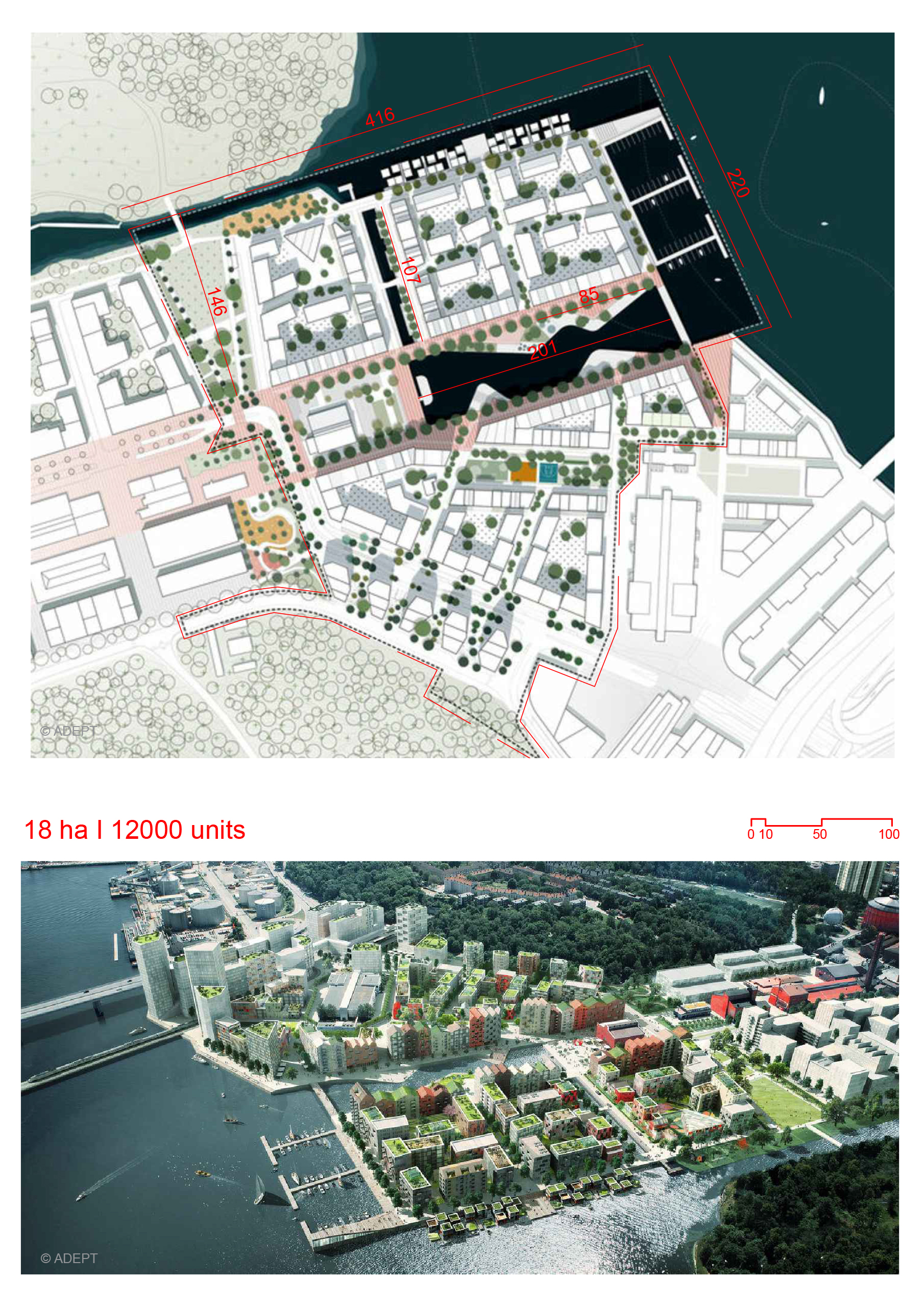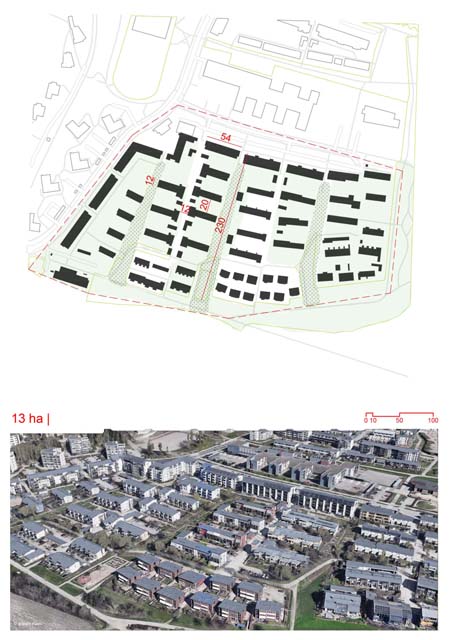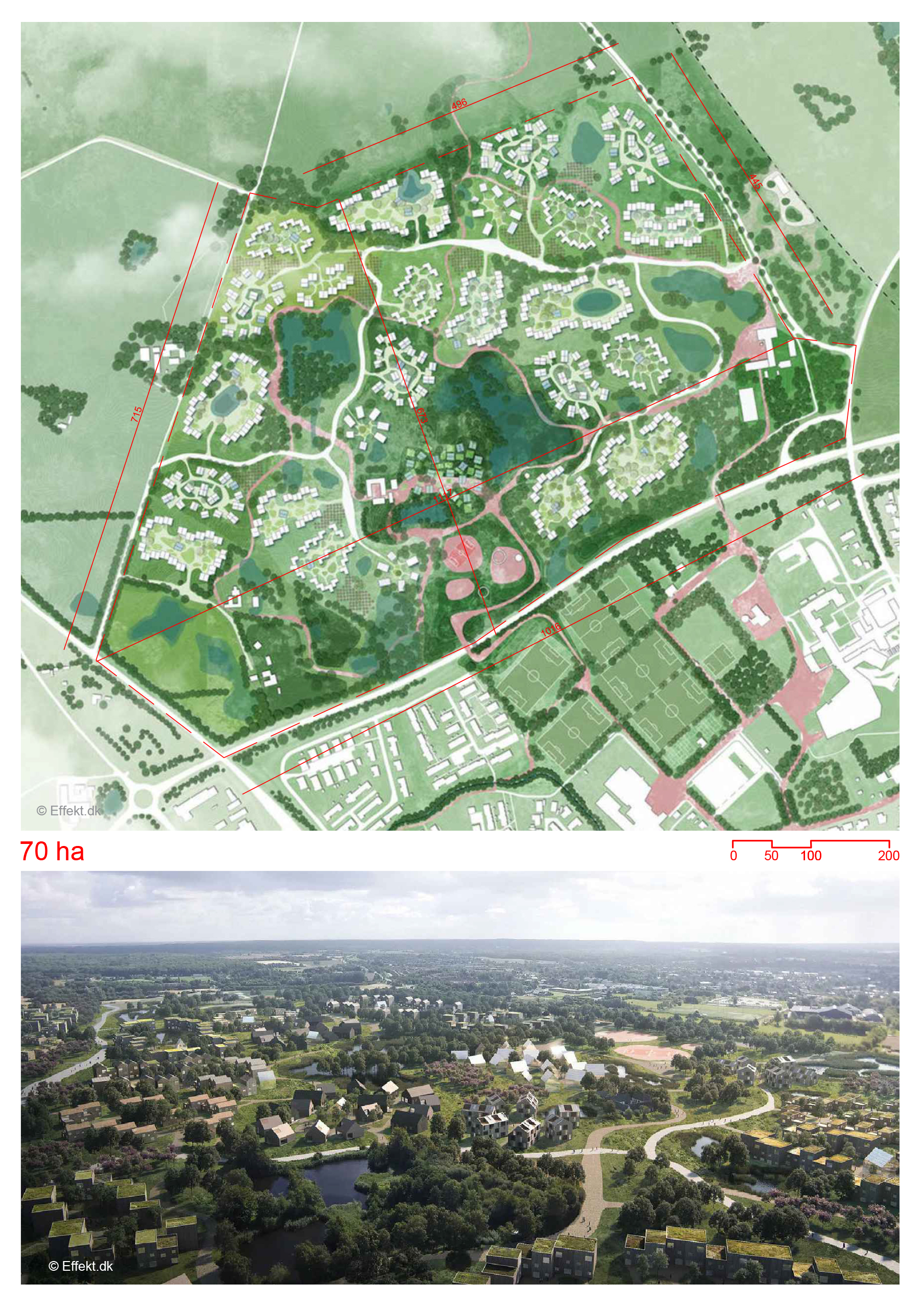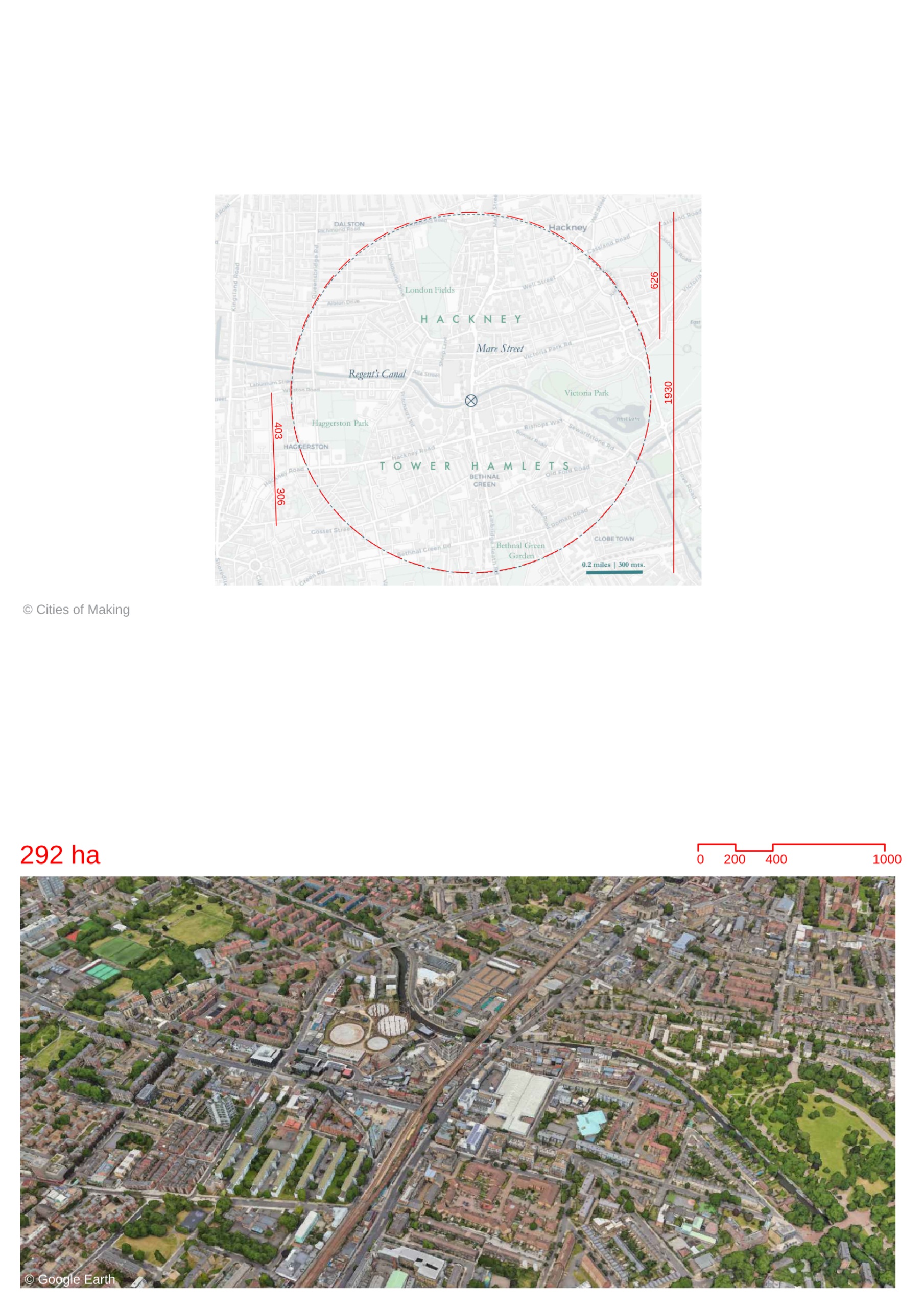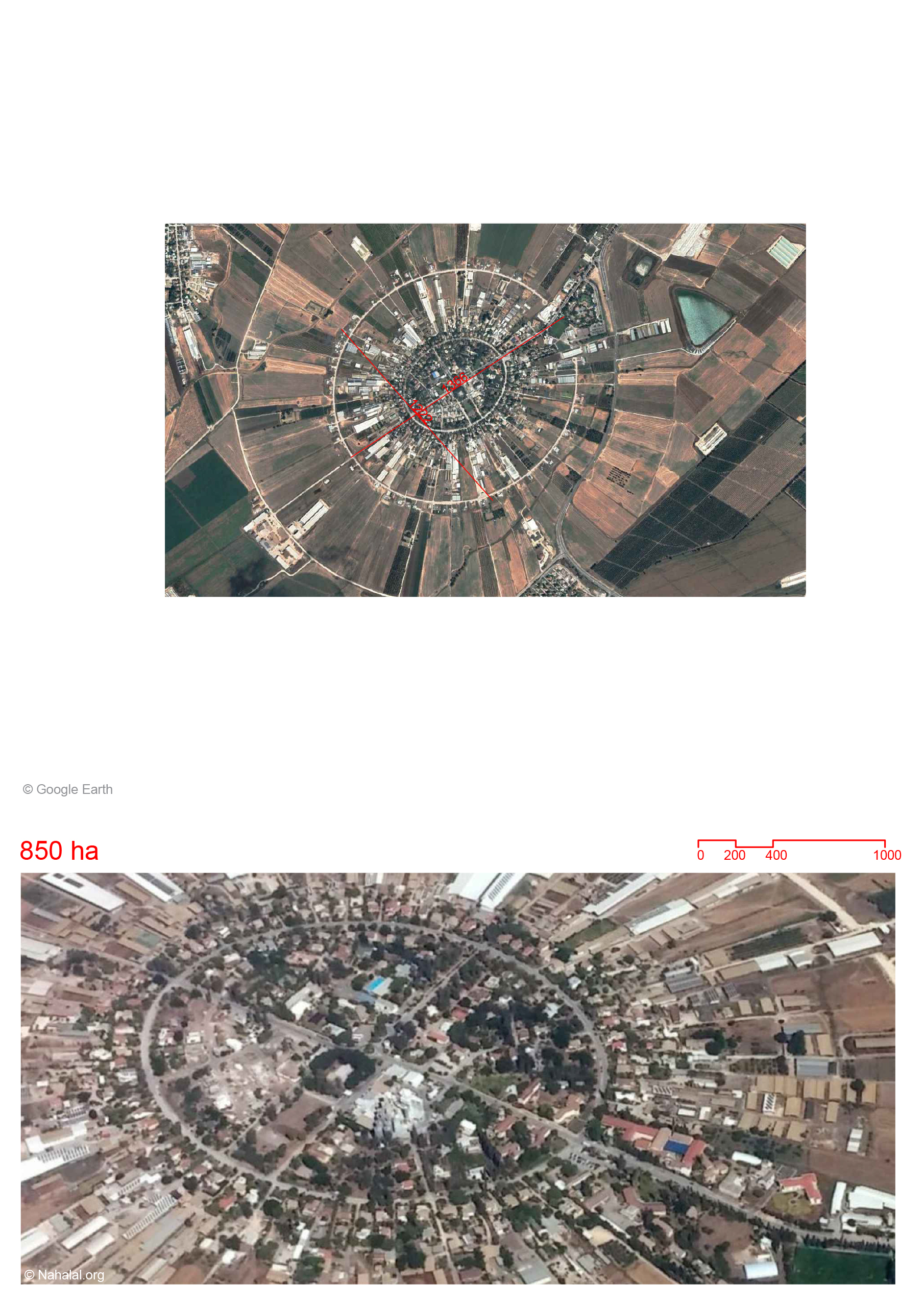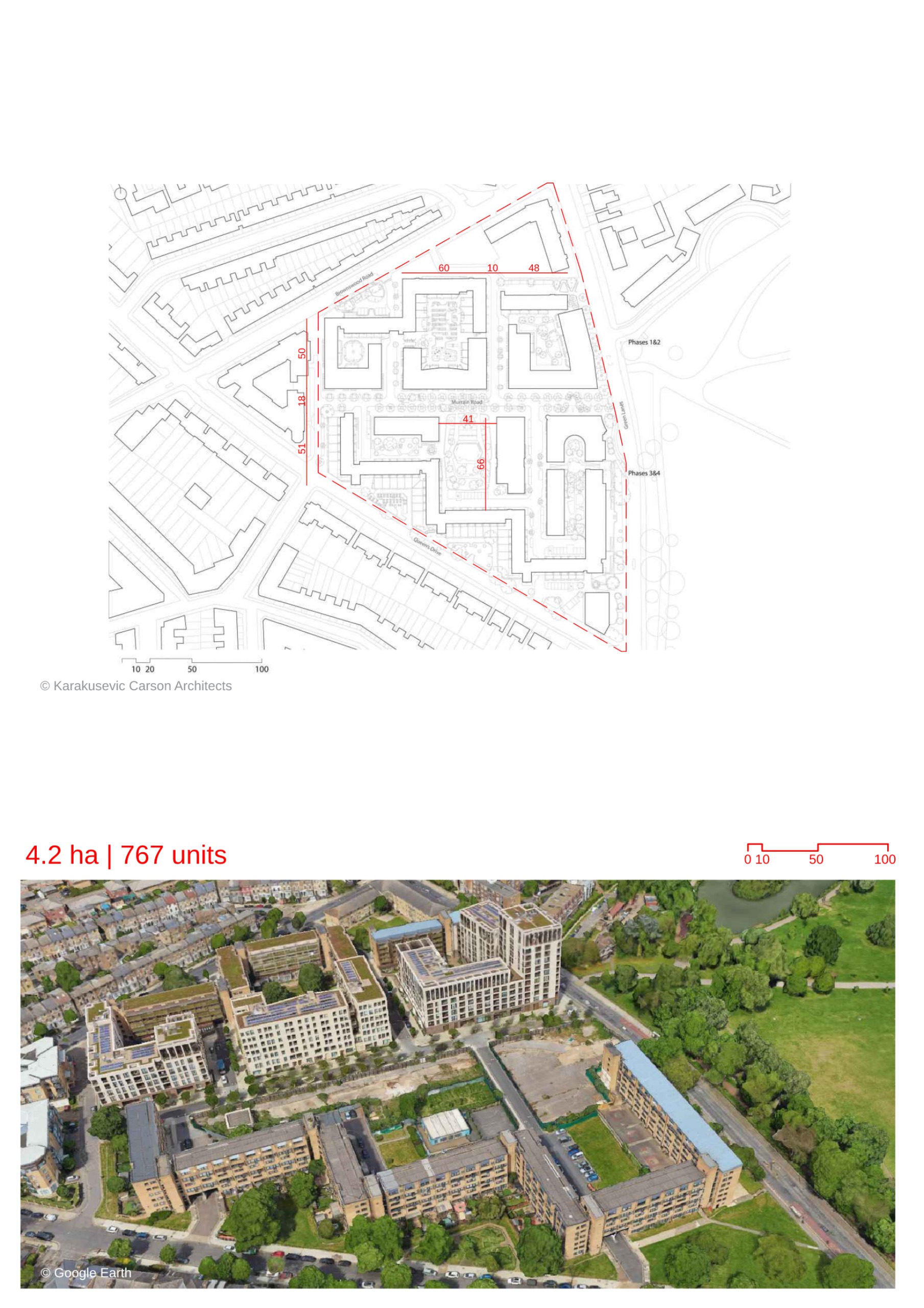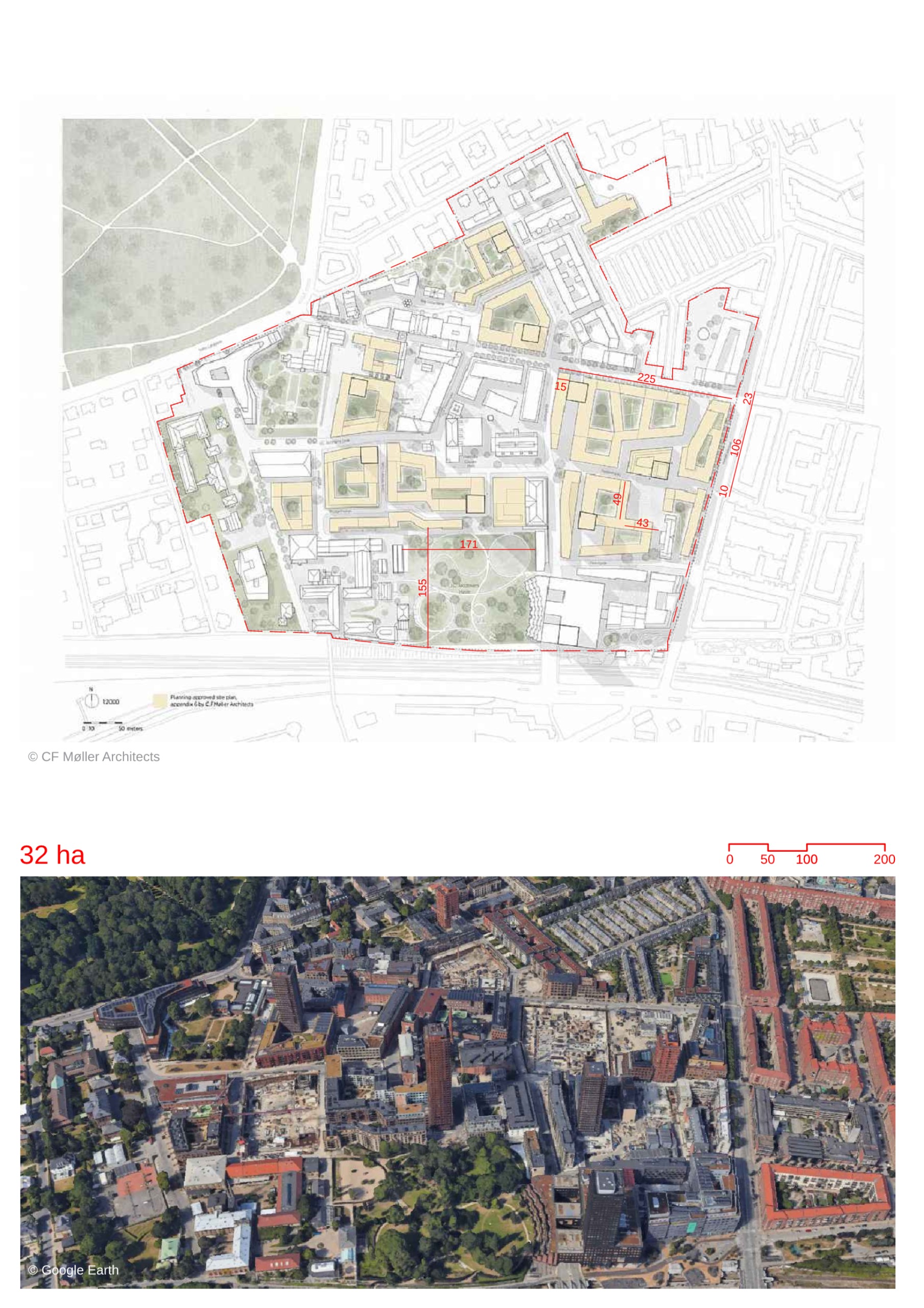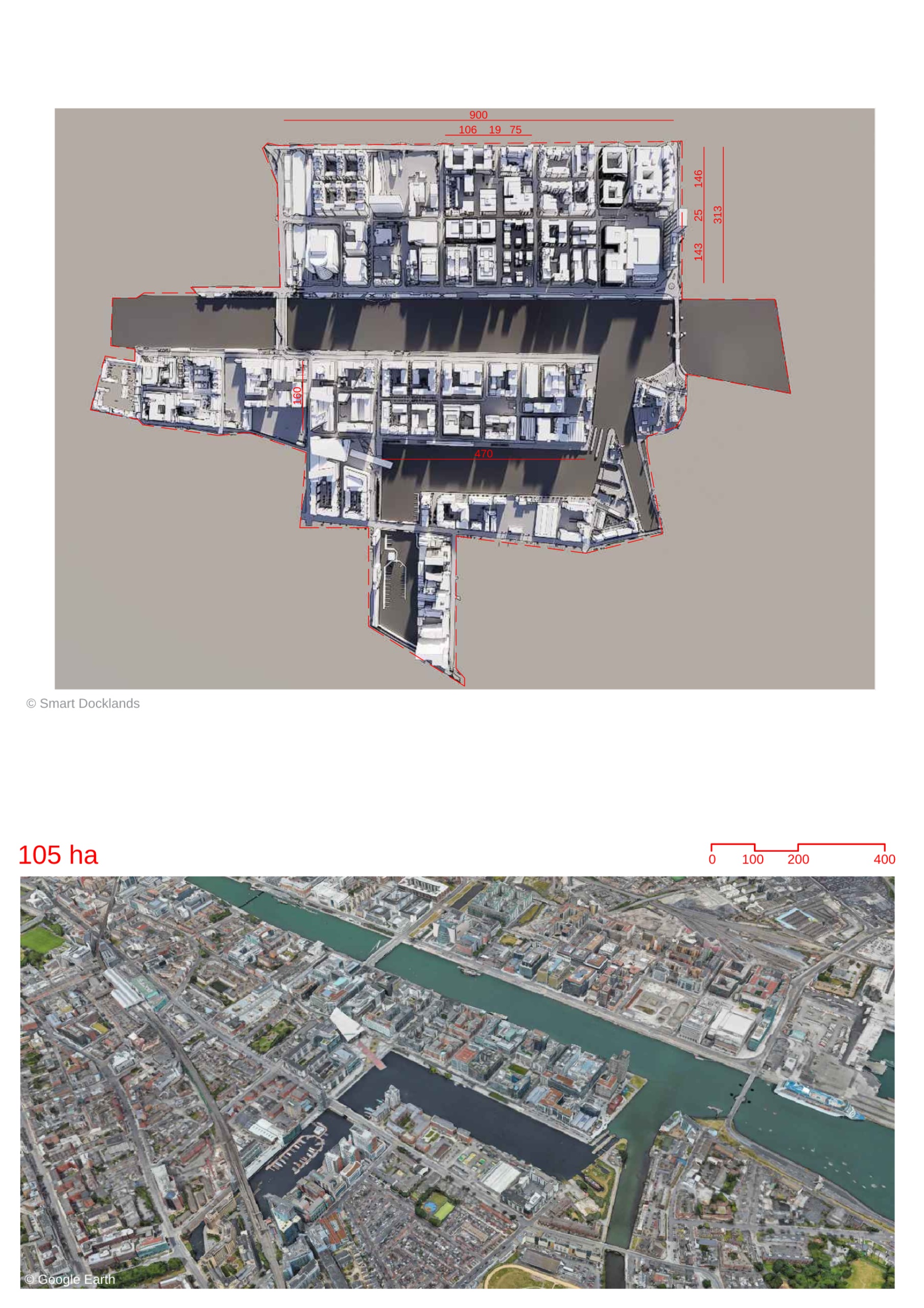
-It is a smart city project. Smart technologies are being used to identify and solve real-world urban challenges. -These are in the form of monitoring and management systems as well as data collection for optimisation. Living Lab -The city would act as a testbed for new technologies and techniques. -An open-source digital twin of the city has been created. It would create transparency in the planning process. It would be used to showcase proposals and increase public engagement. -Smart buildings would be connected to a network for their operation and maintenance. They would also be made energy efficient by collecting data on usage of resources and optimisation. -User comfort would be optimised to adhere to wellness standards. -Low-cost flood sensors and water level sensors would help in disaster management as well as optimise street designs for the future. -Waste management would be monitored and managed through a smart bin network. Mobility -Heat maps of cyclists would be created to optimise cycling routes. There would be technologies to manage EV charging and delineate safe routes for children from their schools. -Public transport would be improved. Creation of public spaces -Smart street furniture would have solar powered phone and e-bike charging. -Through people movement modelling public spaces and pathways can be better designed. Sidewalk accessibility can also be assessed.

